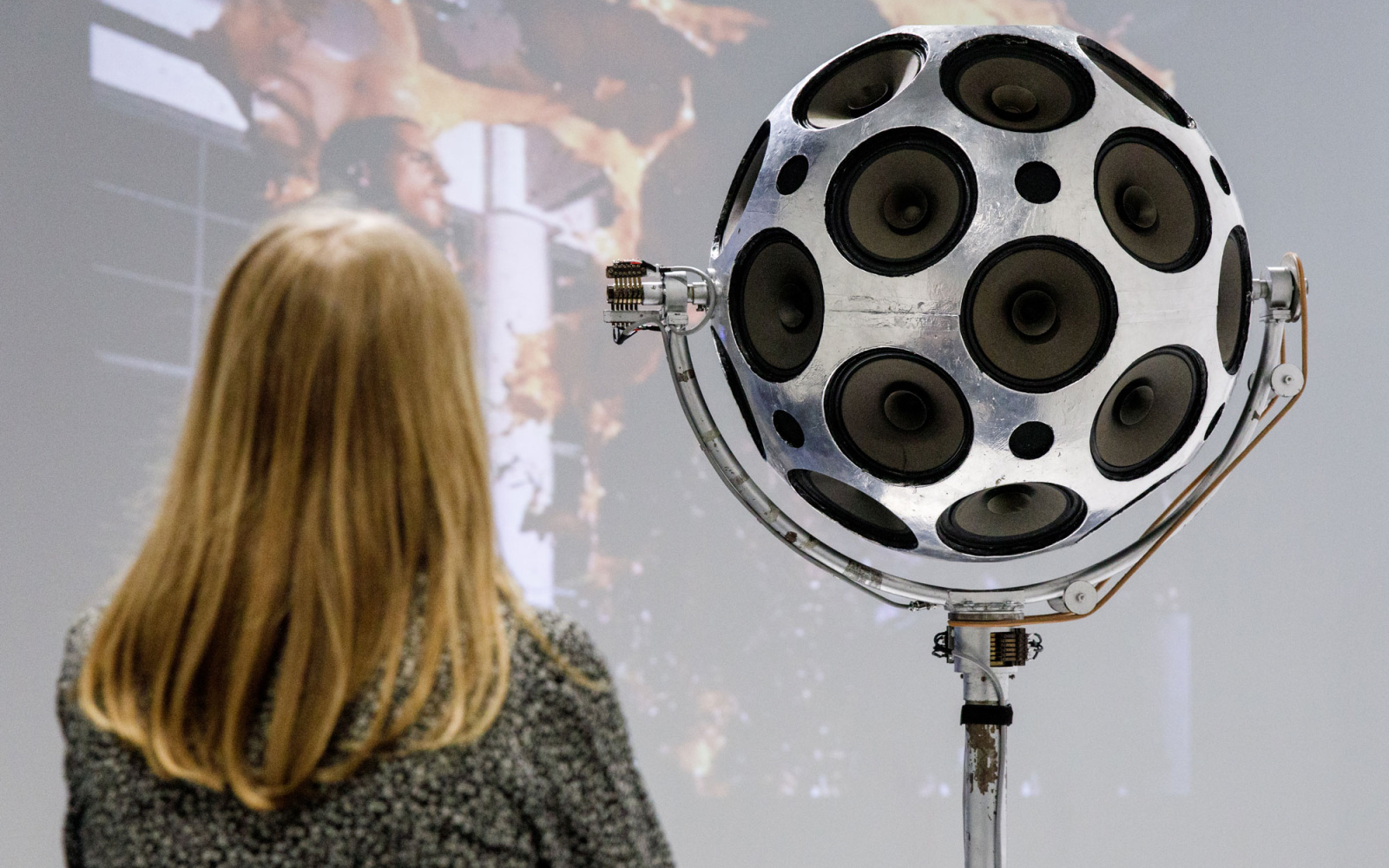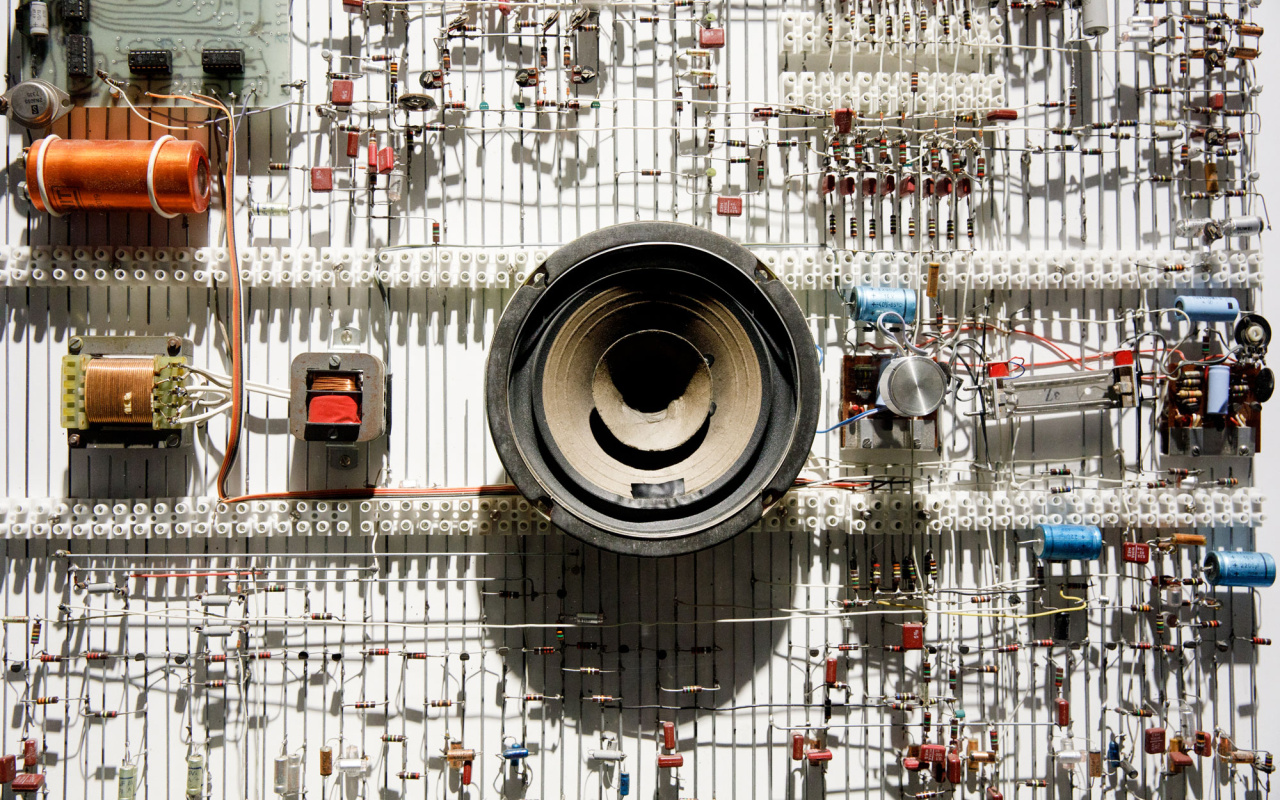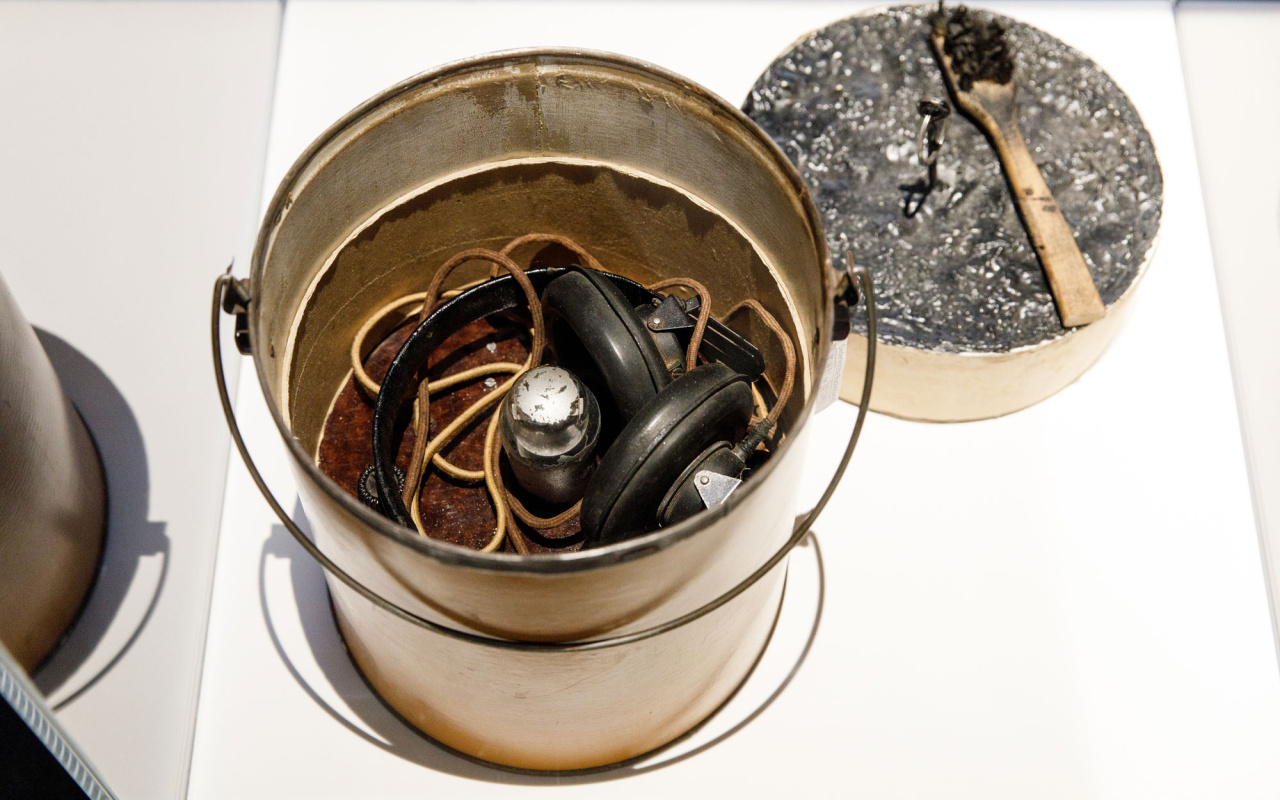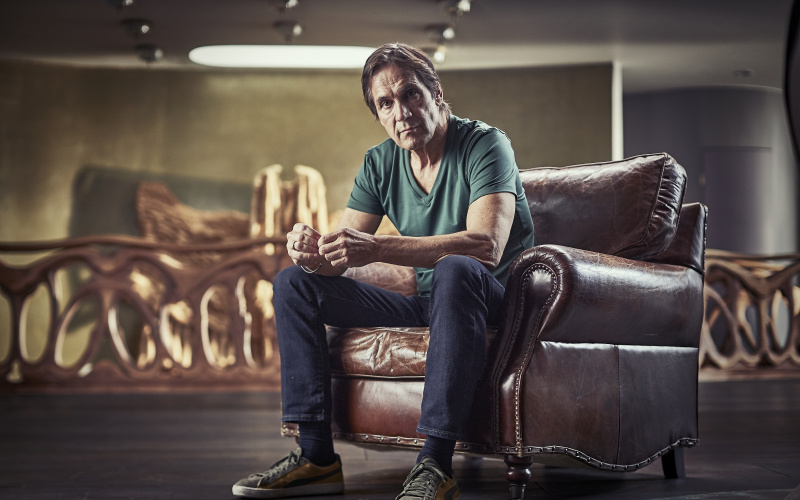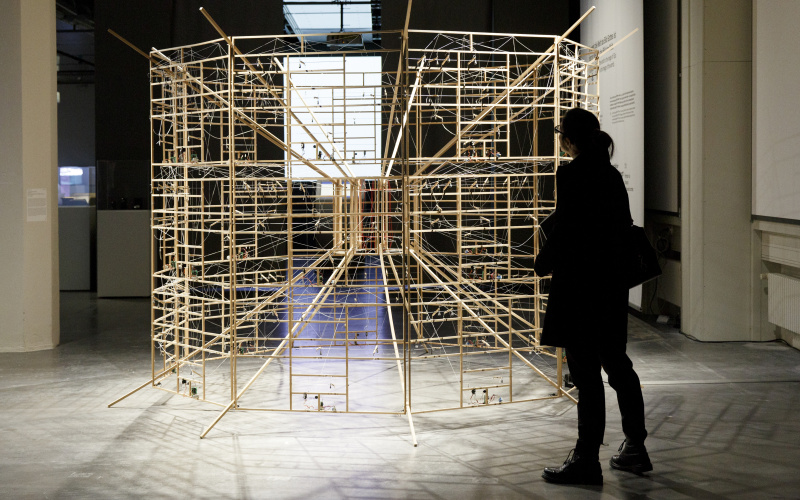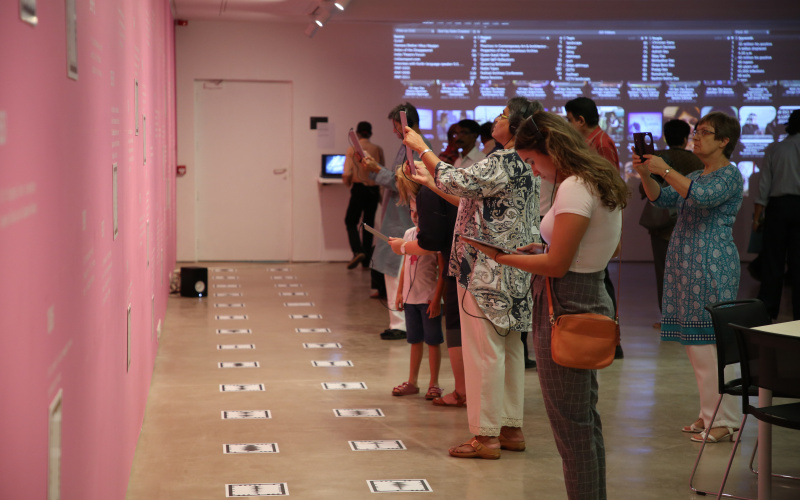30 years future laboratory ZKM: Art in Motion
Galloping horses, rotating discs, buzzing film reels, rotating sound and computer-animated plants – motors of 20th century art are movement and acceleration.
BY REGINA HOCK
At the beginning of the 20th century, new picture machines developed from the wheel and clock technology that fired the industrial revolution: with the art of film, it was finally possible to look at time. Time could now be accelerated, stretched and stopped – with serious consequences for the perception of reality: appearance and reality overlapped.
Of motion and acceleration
In the exhibition »Art in Motion. 100 masterpieces with and through media« not only celluloid is set in motion, but also letters, light, sound – and even the viewer himself. Masterpieces of media art from 100 years can be seen at the ZKM. Media art is mainly shaped by stage art, action, Fluxus, poetry and music. That is why this exhibition is also an exhibition in the river. The masterpieces are flanked by works that open up new »causal connections« and enter into an exciting interplay with them.
After film and photography had succeeded in capturing visual events, the tape and record were used for acoustic events. From the development of technical musical instruments, new art forms emerged. The composer Hermann Scherchen designed a rotating loudspeaker ball in the 1950s. During sound reproduction, this so-called »Nullstrahler« rotates and radiates the sound evenly in all directions. Scherchen declared war on the »perfect place in the auditorium«, because the sound should be perceived from everywhere in the room with the same intensity. The sound source was no longer tied to a fixed location.
»Bucket receiver«
Radio is also a time-based medium. While radio was still used during the First World War as an entertainment medium to distract the soldiers in the trenches, it fulfilled a truly life-saving task during the Second World War: prisoners of the Buchenwald concentration camp had hidden a receiver in a bucket of shoe grease that helped prepare the camp's self-liberation from the SS. With this receiver it was possible to receive the radio transmissions of the approaching American army. The curators of the exhibition »Art in Motion« have selected this recipient as a »masterpiece« – and that is only a discovery of some 500 media art works.
Speed of sound
In Gravesano (Ticino), Hermann Scherchen, the composer and inventor of the loudspeaker ball, also founded an experimental studio for electroacoustic music, which became a »hub« for artists. What the experimental studio in Gravesano was for the people living near the Alps was the Experimental Studio of Polish Radio for the Eastern Bloc countries. Sound engineers, composers and visual artists used the studio in Warsaw as a production site for their scores and sound collages for experimental and feature films. The exhibition »Through the Soundproof Curtain. The Polish Radio Experimental Studio« can also be seen at ZKM from July 14, 2018.
30 years future laboratory ZKM
In 2019 the ZKM | Karlsruhe celebrates its 30th anniversary. The ZKM was founded in 1989 to negotiate the future of the arts and media under one roof, in a so-called »center«. For 30 years now, the ZKM has been shaping the image of the present and shaping the future. In 2019 the ZKM will not only celebrate 30 years of ZKM, but the ZKM will also celebrate the future.
Art in motion. 100 Masterpieces with and through Media
July 14, 2018 – February 10, 2019
Through the Soundproof Curtain. The Experimental Studio of the Polish Radio
July 14, 2018 – January 6, 2019
ZKM | Center for Art and Media Karlsruhe
Lorenzstraße 19
76137 Karlsruhe, Germany
www.zkm.de
Category
News Category
- take a look… behind the scenes of ZKM
